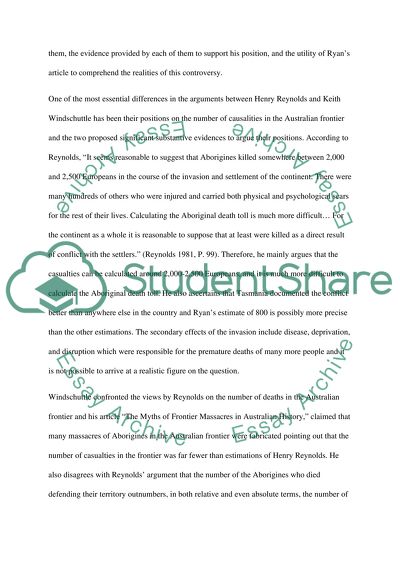Cite this document
(“Writing the History of the Australian Frontier Essay”, n.d.)
Retrieved from https://studentshare.org/miscellaneous/1517496-writing-the-history-of-the-australian-frontier
Retrieved from https://studentshare.org/miscellaneous/1517496-writing-the-history-of-the-australian-frontier
(Writing the History of the Australian Frontier Essay)
https://studentshare.org/miscellaneous/1517496-writing-the-history-of-the-australian-frontier.
https://studentshare.org/miscellaneous/1517496-writing-the-history-of-the-australian-frontier.
“Writing the History of the Australian Frontier Essay”, n.d. https://studentshare.org/miscellaneous/1517496-writing-the-history-of-the-australian-frontier.


